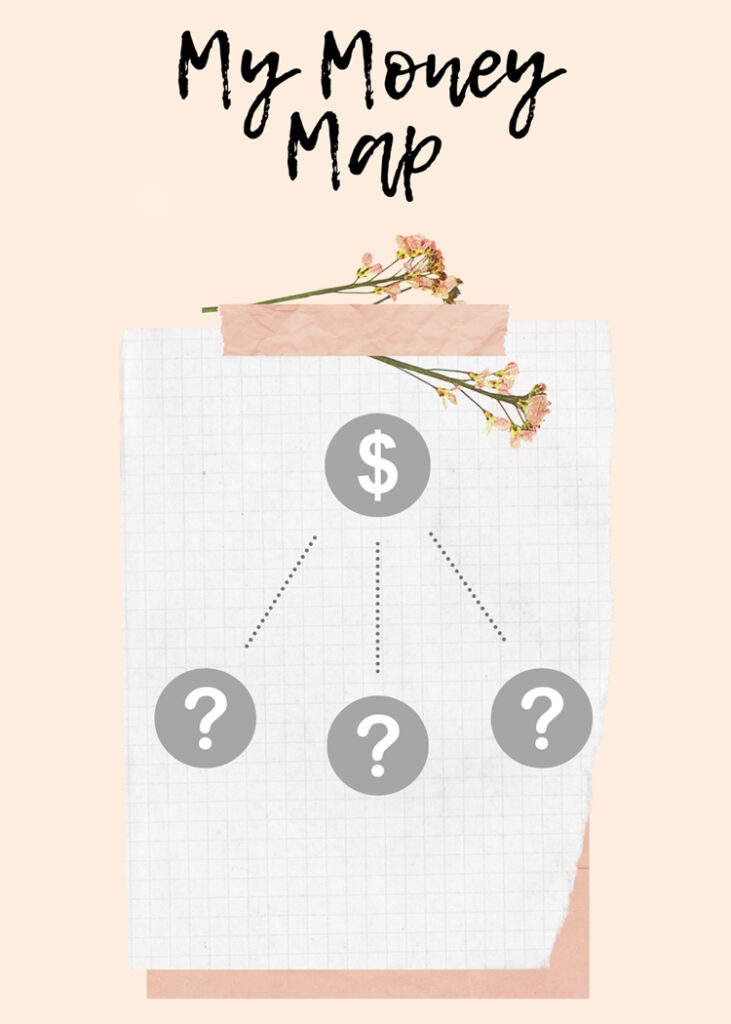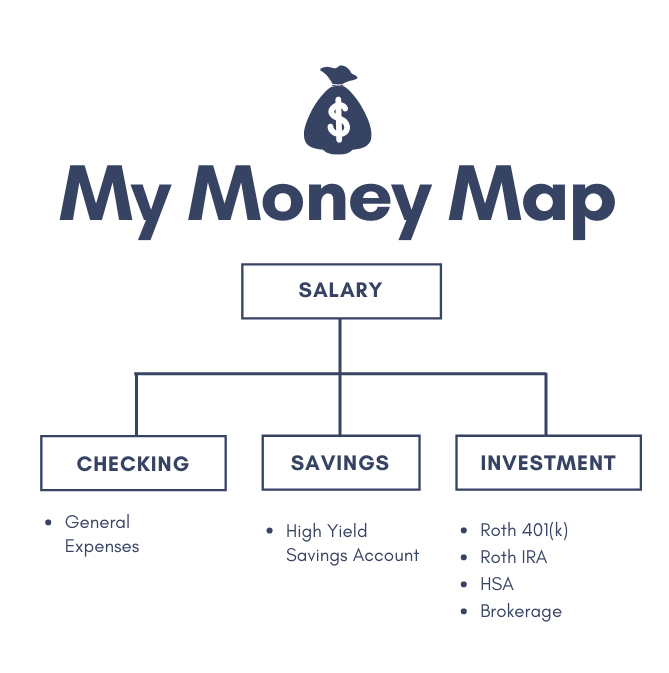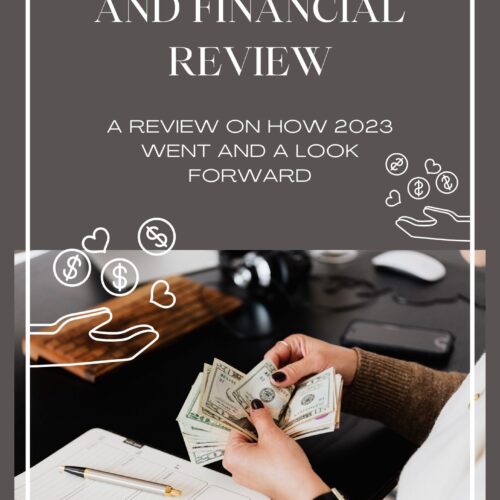
Today I’m sharing my money system: exactly what happens with my paycheck, what goes where, and the financial institutions I use. And because I’m a visual person I created a money map to help illustrate this!
Money maps are a great resource because they can help highlight redundancies and inefficiencies in your money management. I should call out that while this is my current method, it changes as my income goes up, debt goes down (or up!), and my needs change.
There are so many ways to manage your finances and no one way is the right answer! So without further ado, here’s my 2020 money map:

Checking Account
My paychecks first get deposited into my checking account mainly used to pay for the following expenses:
- Mortgage/utilities/insurance – 19%
- Groceries & entertainment – 16%
- School loan – 9%
- Car note – 6%
I only keep a small cash cushion in this account because there’s nothing I’ve ever needed to pay for that I couldn’t float on a credit card or wait to have transferred from my savings account.
Savings Accounts
15% of every paycheck goes directly into my high yield savings account. I use Barclays which currently yields a 1.3% interest rate, but there are many other great options out there. I aim to have 12 months of expenses in this account at all times as it serves as both an emergency and sinking fund account. The current environment is proof that you should ALWAYS be prepared for a financial emergency.
Investment Accounts
- Roth 401(k): 8%
I’m currently ineligible for an employer match until January 2021 so admittedly I’ve prioritized my 401(k) contributions lower than my historical norm. I anticipate this amount to increase in the near future. - Roth IRA: 10%
I max out my Roth IRA every year with the full $6,000 amount by automatically transferring 10% of every paycheck into my Roth IRA account at Vanguard. I’m currently invested 90% in stock index funds and 10% in a bond index fund. - HSA: 5%
5% of my pay gets automatically deposited into an HSA account where the funds are invested in an S&P 500 index fund. I have zero plans to touch this money until retirement. - Brokerage: 5%
5% of each paycheck goes into my brokerage account at Morgan Stanley where I buy and HOLD stocks 🙂
Any leftover money is usually funneled back into my savings account!
Takeaways
I’ve always been pretty good at saving money so I’m thankful this has afforded me peace of mind during uncertain times like now. My biggest hindrance in cash flow is my school loan and car note, which I currently dedicate 15% of my income to. Once both of those are paid off (next fall-ish) I plan to allocate a lot more into my savings and investment accounts. I hope you enjoyed this post and are even encouraged to create your own money map!
How to Make Your Own Money Map
- Look at your latest paystub and note your take-home pay
- Gather your total expenses and savings for the month
- Calculate each expense and savings as a percentage of your paycheck (divide each by your paycheck amount)
- Now for the fun part: Create your map using your tool of choice! It can be with Google Drawings, PowerPoint, or even a paper and pencil!





my biggest hinderance in cash flow is that there ain’t enough of it but imma borrow this map tho thanks sis
Please make me a map!!! I love having a visual representation for where my monies land. Best post yet!